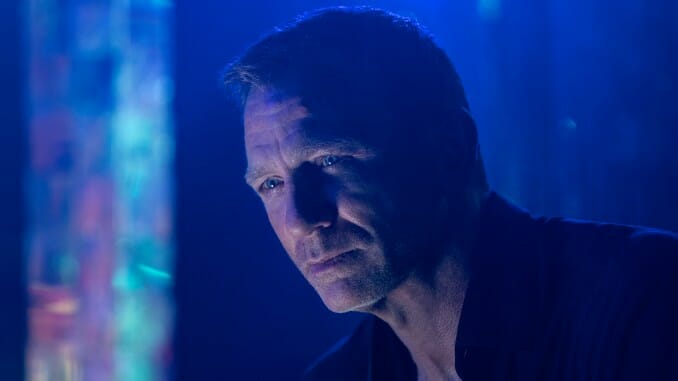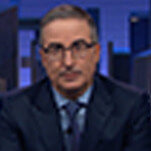No Time to Die Takes Plenty of Time, and Care, to Say Goodbye

James Bond invented blockbuster bloat. I mean, that might not be strictly true—there were Biblical epics and historical panoramas before Bond whose adjusted box office would be Avengers-sized—but the notion that an action-adventure genre picture can and should comfortably spread out past the two-hour mark, offering plenty of spectacle and exposition while visiting at least one country too many, feels like it may have been etched into the culture by the ongoing success of the Bond series. Through all the various incarnations of the character, there was never really a version that consistently said hey, let’s try to do this quick and dirty; Quantum of Solace, a 105-minute wonder from early in the Daniel Craig cycle, only slipped under two hours by virtue of a writers’ strike.
It’s telling that Craig’s swan song No Time to Die being the longest Bond ever, at a superhero-sized 163 minutes, probably won’t inspire as much public self-flagellation as the leaner, meaner Quantum. No Time to Die is neither lean nor mean; it’s a hard-working attempt to reconcile the Bond rituals with a series-finale emotional weight that these movies have been accumulating (with mixed success) since 2006. Apparently, that reconciliation process takes time: Director Cary Joji Fukunaga (or, more likely, Eon Productions, the tight-gripped caretakers of the Bond franchise) is so unwilling to drop either aspect of this opus that it often feels like two movies in one, both feature-length.
So pronounced is the movie’s two-track approach that many of its story elements feel doubled: The opening sequence is a bit of creepy, horror-tinged backstory for Lea Seydoux’s Madeleine Swann (first introduced in the half-lackluster Spectre) and a big Bond action sequence jostling him out of retirement. It feels like 30 minutes before the opening titles finally roll. Then, after those credits, it’s five years later, and the movie gives us a whole other Bond retirement, this time in Jamaica rather than Italy. Maybe this goes beyond doubling up: By my rough count, Bond retires and unretires at least 12 more times during this movie, bringing the Craig series running total to approximately 25 retirements. James Bond Will Return, but only after ceaseless cajoling and all of his friends presuming he’s dead.
This time, it’s the CIA that returns Bond’s old license to kill; MI6 has replaced him with a new 007 (Lashana Lynch), but his old American pal Felix Leiter (Jeffrey Wright) has a job for him involving tracking down more members of SPECTRE, the criminal organization Bond kinda-sorta stopped in the movie of the same name. His adopted brother Blofeld (Christoph Waltz) is in Hannibal Lecter-style prison, but nefariously plots for worldwide domination. So Bond heads to Cuba, eventually catching wind of a horrific nanobot virus (Does that make it a real virus or a computer virus? It’s unclear) that has the potential to wipe out vast swaths of the population. Eventually, he crosses paths with the old gang: M (Ralph Fiennes), Q (Ben Whishaw), Moneypenny (Naomie Harris) and the new 007.
And after something like 90 minutes—a running time during which some movies are able to accomplish everything they want!—Rami Malek shows up. Technically, he might appear earlier, but his Oscar winning jaw-jut isn’t really recognizable until later. He’s fueled by the most forgettable megalomaniacal true-believer villainy since, well, the last Bond picture, where Waltz made for a shockingly blah Blofeld. Here, freed from the pointless ceremony of his reveal, Waltz does a single-scene face-off with more insinuating mincing and sing-song menace than he managed in the entirety of Spectre.
-

-

-

-

-

-

-

-

-

-

-

-

-

-

-

-

-

-

-

-

-

-

-

-

-

-

-

-

-

-

-

-

-

-

-

-

-

-

-

-








































